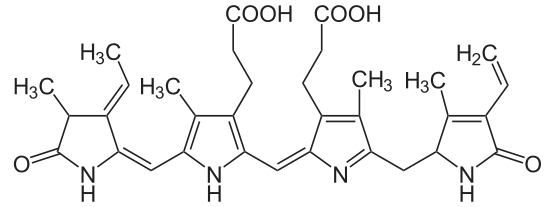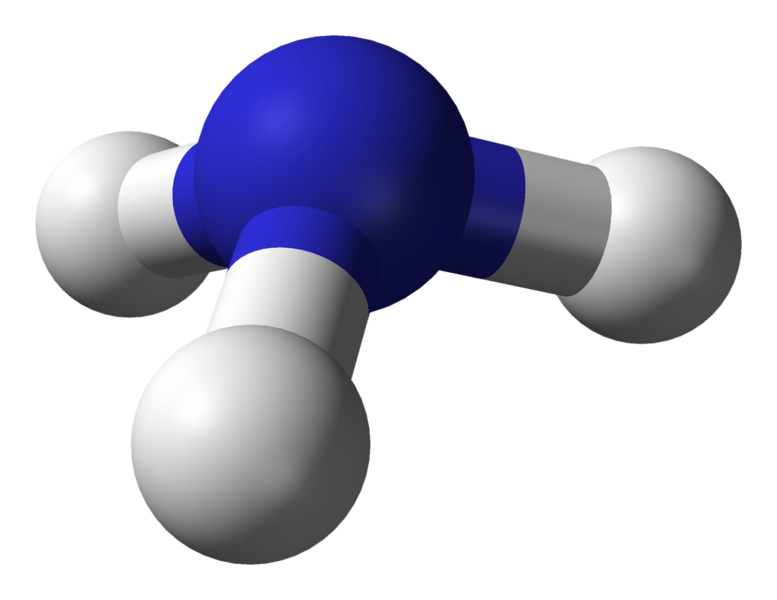
Not Your Average Autotroph
Cyanidium caldarium is an autotroph that acquires its energy through photosynthesis. This website explains the basics of photosynthesis. Cyanidium caldarium uses the pigments phycoerytherin, phycocyanin, chlorophyll a, and beta-carotene to capture sunlight. Phycoerytherin is the pigment that makes red algae red. Phycocyanin i
s more prevalent in Cyanidium than phycoerytherin. This causes Cyanidium's blue-green color. While chlorophyll utilizes red light to undergo photosynthesis, phycoerytherin uses blue and green light and phycocyanin utilizes orange light. Between these pigments, Cyanidium caldarium is able to utilize most of the visible light spectrum for energy! Research has also shown that in the absence of sunlight, Cyanidium caldarium can also heterotrophicaly acquire carbon from the outside environment. However, this almost never happens in its natural setting, because there is usually enough sunlight to provide energy. Photosynthesis in this organism occurs in one large chloroplast.The image below is the molecule phycoerythrobilin. This is the molecule in the phycoerytherin protein pigment that causes the red color.
Cyanidium Caldarium acquires its nitrogen needs primarily from ammonia, which is prevalent in acidic hot streams.
It is also able to use nitrate, casein, and urea as nitrogen sources.
